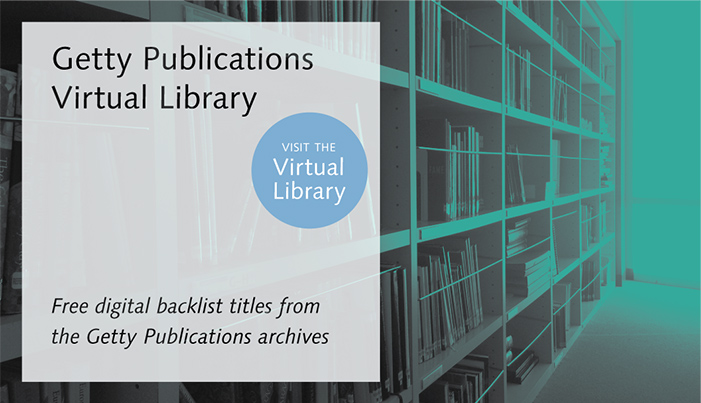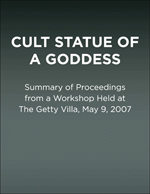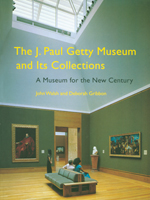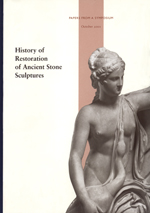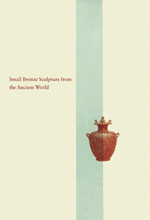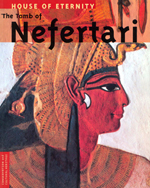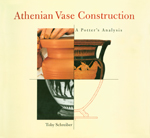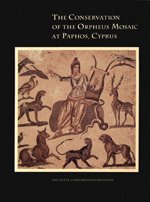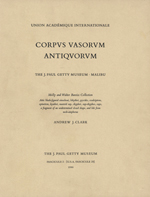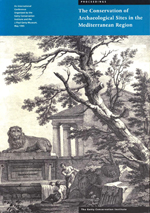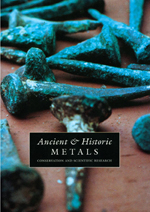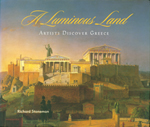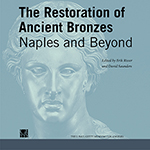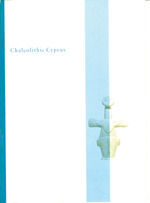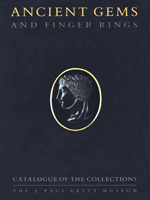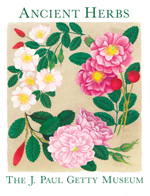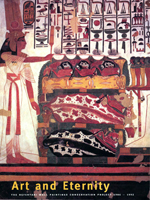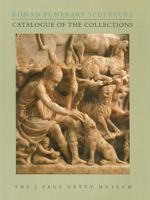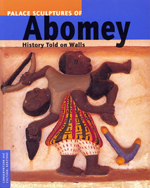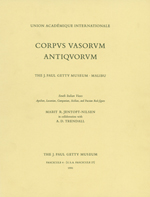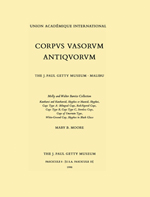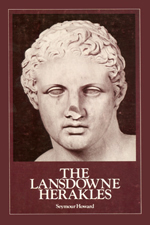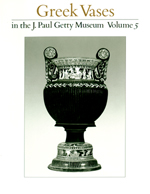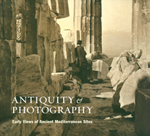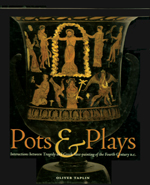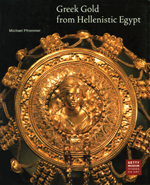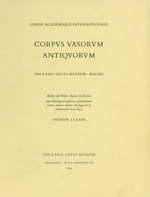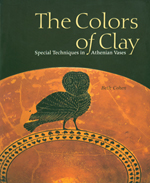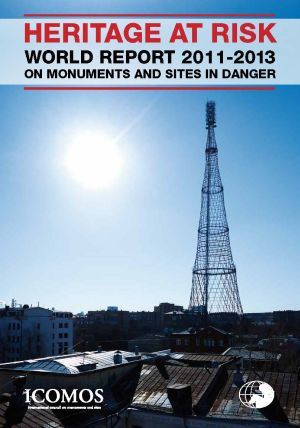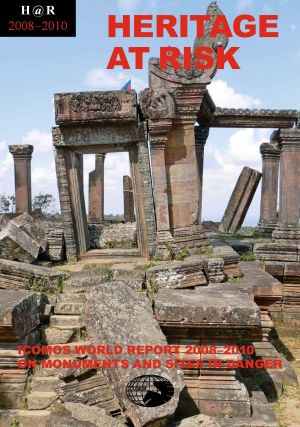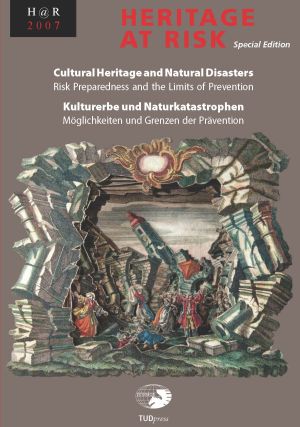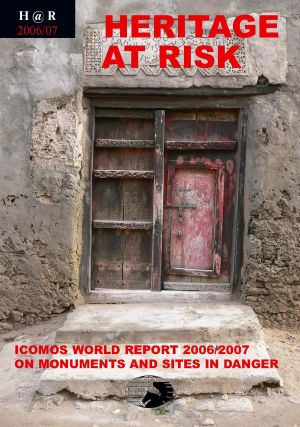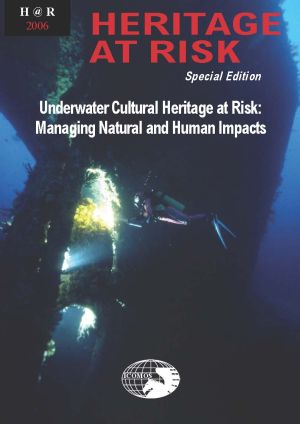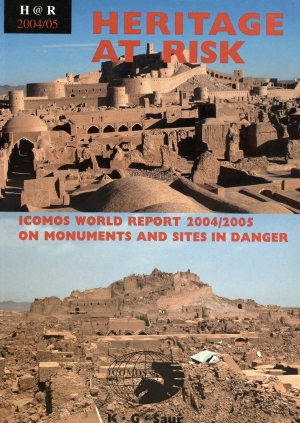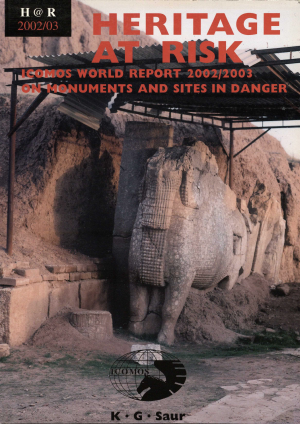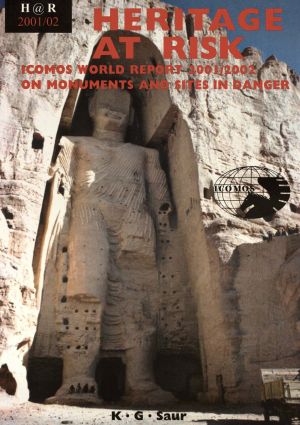The Cult of Saints: A research project on the Cult of Saints from its origins to circa AD 700, across the entire Christian world
The Cult of Saints is a major five-year project, based at the Faculty of History at the University of Oxford and funded by an Advanced Grant from the European Research Council, which will investigate the origins and development of the cult of Christian saints in Late Antiquity.
The project, which launched in January 2014, will map the cult of saints as a system of beliefs and practices in its earliest and most fluid form, from its origins until around AD 700 (by which date most cult practices were firmly established): the evolution from honouring the memory of martyrs, to their veneration as intercessors and miracle-workers; the different ways that saints were honoured and their help solicited; the devotion for relics, sacred sites and images; the miracles expected from the saints.
Central to the project is a searchable database, on which all the evidence for the cult of saints will be collected, presented (in its original languages and English translation), and succinctly discussed, whether in Armenian, Coptic, Georgian, Greek, Latin or Syriac. Towards the end of the project this database will be made freely available on line.
Podcast: Dr Bryan Ward-Perkins introduces the project








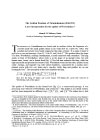


 Consulter cet article
Consulter cet article  Télécharger cet article au format pdf
Télécharger cet article au format pdf 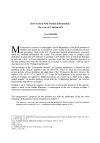
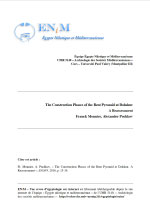
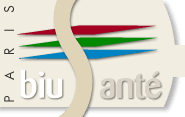
 PDF
PDF  PDF
PDF 



